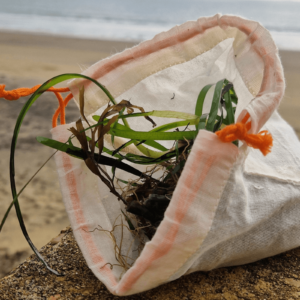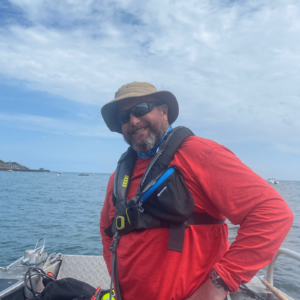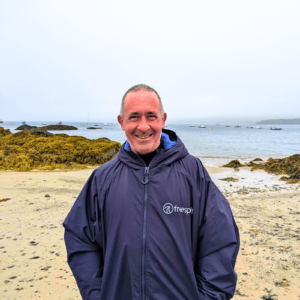The Seagrass Ocean Rescue North Wales programme relies on the commitment and enthusiasm of local volunteers. We spoke to regular volunteer Neil about his experiences of volunteering as part of the programme. Volunteer Interview Tell us a little bit about yourself: I grew up in North Wales, then moved around a lot during a career in the automotive industry. After Covid, there was an opportunity to step out and do something different, so it was time to do things I wanted to do rather than had to do. How did you first get involved with the seagrass restoration community project? I’d seen the team operating in Porthdinllaen , read about it, and started to preach about it to anyone that was unfortunate to be in hearing range! Then there was a stroke of luck and I managed to inflict myself upon the boat crew for a few days. What are your hopes for this restoration work? That the word spreads, that more people who don’t mean to negatively affect the environment can learn not to, and that I can keep visiting the areas that we are developing and planting to see them flourish and provide a starting base for more wildlife to move in. It’s great to see how quickly nature can respond, given a chance. I’ve learnt that it’s very subtle changes we make that can help or hinder the natural environment. What inspired you to get involved, what drives your commitment to this cause? I’d just semi-retired, had wandered past the boat team working in Porthdinllaen, did some reading, started to tell others about it, then it was a lucky break to be involved in one of the boat teams. Then it just got out of control from there really! I go snorkelling, boating, and diving and I get frustrated when I see the natural environment being needlessly abused, so this is just one way to try and stop that. The amazing areas of the world provide lots of fun, inspiration and happiness for so many people, sometimes the consequence is pressure on the very thing we go to see, by providing more of those areas then it’s good for everyone. What does it mean to you to spend time in nature, what do you feel nature provides you with? It’s great to see how quickly nature can respond, given a chance. I’ve learnt that it’s very subtle changes we make that can help or hinder the natural environment. What seagrass restoration activities have you taken part in? So far, planting both seeds and shoots, harvesting new seeds and monitoring. Learning from the different team members, chatting with ambassadors and meeting other people that are getting involved. What part of this restoration work are you most proud of? I think it’s the planting, because when we go back to monitor progress and after only a few months we see that nature has already started to move in, then that’s a good thing. The Seagrass Ocean Rescue Project is managed by WWF, in partnership with Project Seagrass, the North Wales Wildlife Trust, Pen Llŷn a’r Sarnau Special Area of Conservation (SAC) and Swansea University. The project is made possible with support from funders that include the National Lottery Heritage Fund, Garfield Weston Foundation, and the Moondance Foundation. If you would like to volunteer as part of the project contact volunteers@projectseagrass.org Principal Funders Partners






